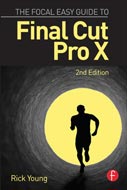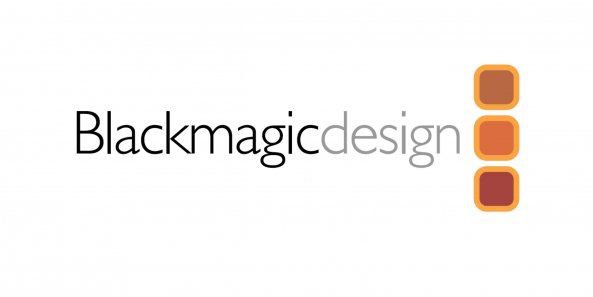Blackmagic Design have announced that UK based On Set Tech (O.S.T.) Ltd has implemented an innovative color management workflow for digital dailies, based on DaVinci Resolve 10 during the filming of Mathew Vaughans The Secret Service, set for release in March 2015.
O.S.T. founder and director Joshua Callis-Smith collaborated with the editorial department to develop a DIT cart workflow capable of maintaining a color accurate pipeline right through the entire post workflow; from on set viewing through to editorial and visual effects (VFX). A major consideration when developing the solution was DaVinci Resolves new live grade capabilities, which were used extensively during principle photography to set up shots.
Up to four camera sources were captured via a series of Blackmagic Design UltraStudio 4K I/O devices straight to a Compact Videohub router, which acted as a switch and allowed the DIT to change which camera sources were fed into DaVinci Resolve. A live input was then graded with preview LUTs and then fed out via a HDLink Pro on to monitors for viewing by DoP George Richmond. The setup also featured several Blackmagic Design SmartScope Duos for monitoring the waveform from DaVinci Resolve or the cameras log image, while an UltraStudio Mini Monitor was used to monitor back out of Resolve to a series of OLED screens.
The DIT cart also featured a Blackmagic Design MultiDock, which was used for uploading footage, some of which was shot on the Blackmagic Cinema Camera, to and from SSDs to DaVinci Resolve via a Thunderbolt RAID. Each day the DIT would process on average two and half terabytes of data 25 minutes after wrapping for the day, including double delivery; ProRes files for Fox and MXF for the editorial delivery.
DaVinci Resolve 10 has allowed us to apply primary and secondary grades requested by the DoP and taking this right through our on set post workflow up until the point of grade, says Joshua. The way we achieved that was to create stills for every slate. Editorial would then re-transcode everything using those stills knowing that they are applying exactly the same thing we had on set. This meant for example that our VFX shots came back to editorial via a VFX pipeline exactly the same way I delivered them. That is far more accurate than any way Ive previously worked.
He goes on to add: The ability to now apply secondaries on set allowed for a collaboration between myself, George and the gaffer to take place when setting up a scene that up until now has been impossible. Now, we can pre-empt the DoP’s thoughts for the DI as we are lighting and get a feel for how the entire image will look on completion before we turn over.
Rick Young Ltd 2025 | Get RSS >> | MovieMachine24 >>
- XEffects Viral Video Thirds Plugins For Final Cut Pro X
- Shot with Panasonic EVA1
- SpeedScriber now available: transforms transcription for Avid, FCPX and Premiere Pro
- Panasonic Leica 100-400mm Telezoom - stunning images!
- Sonnet Launches Dual-Slot SxS Pro Card Reader, Industry's First for Thunderbolt 3
- Should you Buy The Zhiyun Crane - FULL GIMBAL REVIEW AND TEST
- HD Warrior Review of the Panasonic FZ2000
- Video news in 90 Seconds: Panasonic EVA1 Pricing & Specs, Sony FS5 Firmware Pulled, DaVinci Resolve 14 beta 6
- Panasonic Leica 8-18mm lens with Panasonic GH5 and Zhiyun Crane
- Custom grip for Panasonic GX8
























